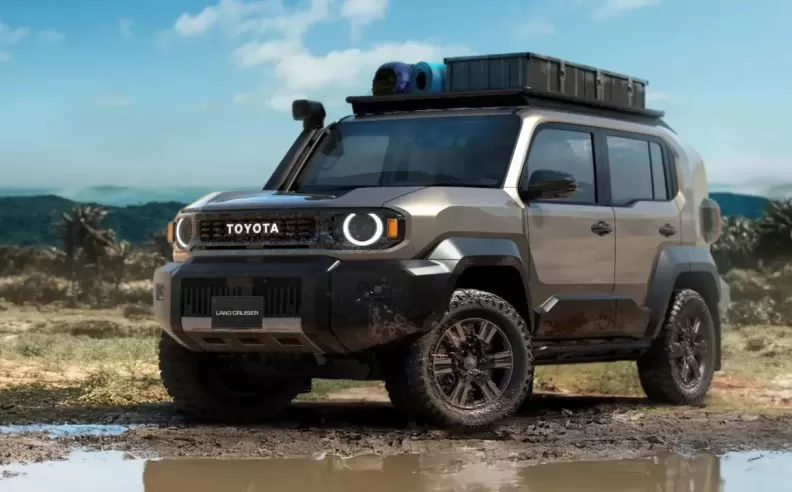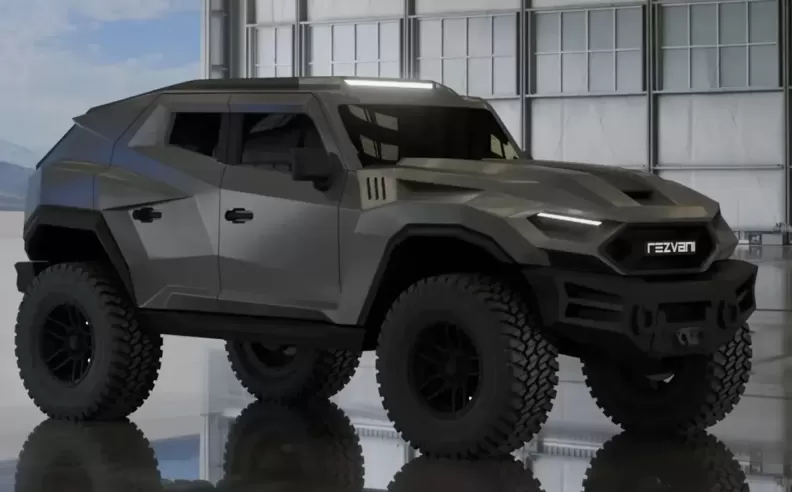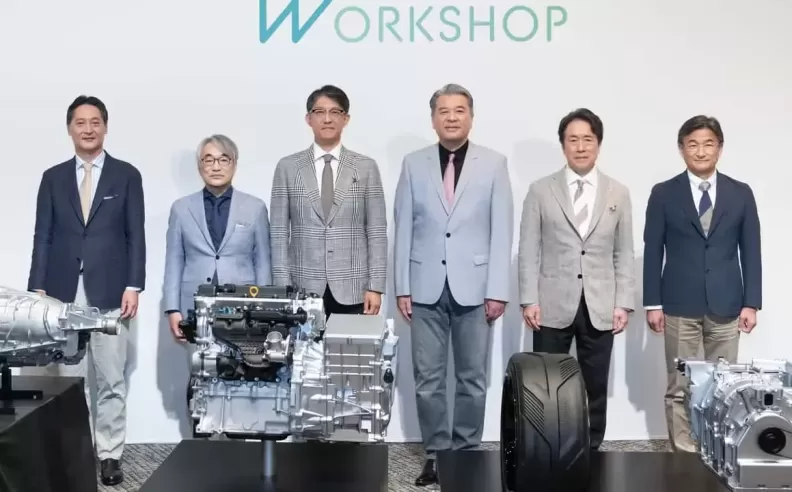
In an era where electric vehicles (EVs) dominate automotive headlines, Toyota, Mazda, and Subaru have taken a different path. At a joint conference in Japan, these three automakers announced their collaboration on developing new internal combustion engines (ICEs) compatible with carbon-neutral fuels. This move marks a significant step towards reducing carbon emissions while maintaining the distinct driving experiences associated with each brand.
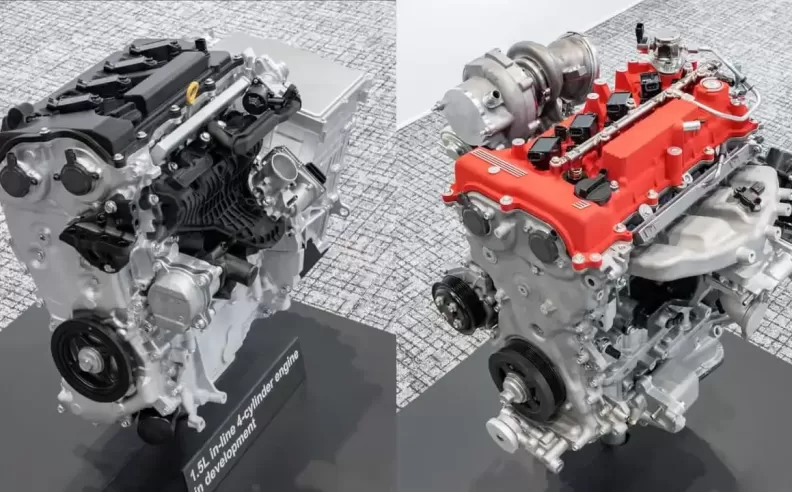
Rather than creating a universal engine, each manufacturer will focus on developing "signature engines" that reflect their unique engineering philosophies and brand identities.
Toyota is working on new inline-four engines. The company showcased a 1.5-liter unit separately and inside a prototype, along with a larger 2.0-liter engine. Both engines promise "high output and high thermal efficiency," though specific performance details remain under wraps.
Mazda is reviving its iconic rotary engine technology. The company presented single- and dual-rotor engines designed primarily for EV applications, such as those seen in the MX-30 and the Iconic SP sports car concept. These rotary engines currently serve as generators to power batteries, with no direct mechanical connection to the wheels. However, Mazda hinted that this could evolve, potentially leading to rotary engines directly powering vehicles again.
Subaru continues to refine its horizontally opposed boxer engines. The brand introduced a next-generation hybrid system, showcased in a camouflaged Crosstrek prototype. The current Crosstrek model in the United States lacks a hybrid option, although other markets enjoy an electrified version combining a 2.0-liter boxer engine with a 12.3-kilowatt electric motor and a small lithium-ion battery pack.
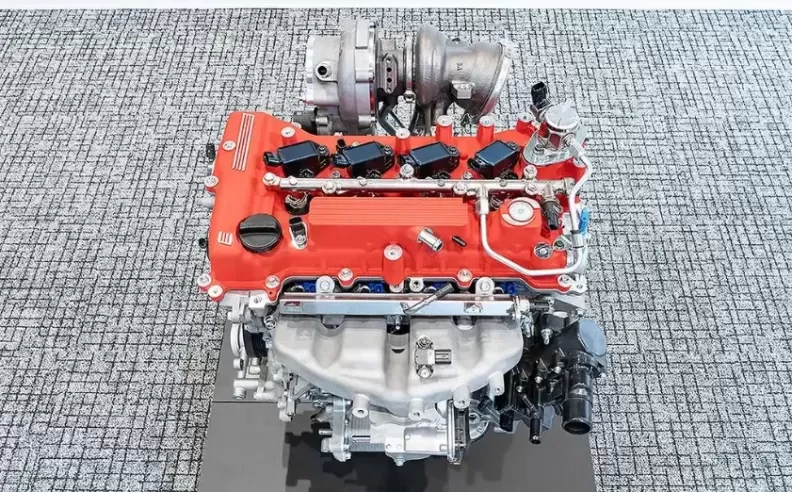
Along with environmental benefits, these new engines aim to enhance vehicle performance and design flexibility. The automakers are focusing on creating smaller engines, which will allow for lower hoods and improved aerodynamics, thereby increasing overall efficiency. This redesign also provides automotive designers with more freedom to innovate.
Additionally, the integration of motors, batteries, and other electric drive units into these next-gen ICEs will further boost performance. This approach is expected to benefit enthusiasts looking for fun-to-drive cars without sacrificing environmental responsibility.
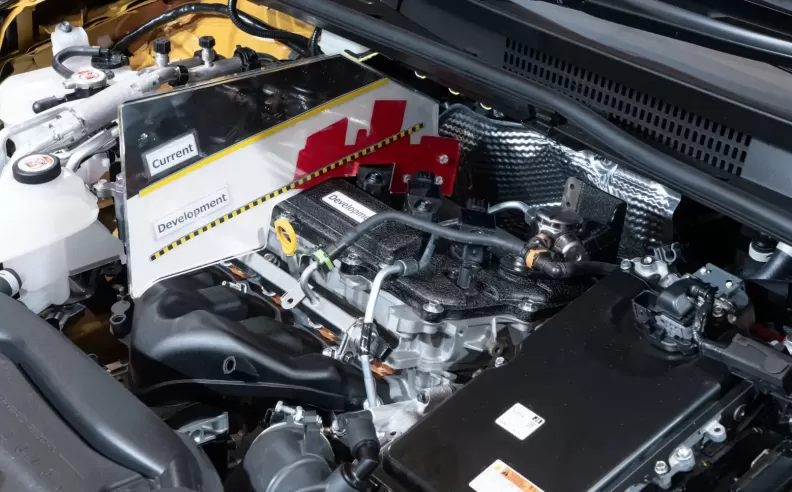
Despite their collaboration, Toyota, Mazda, and Subaru emphasized that they remain competitors. This partnership is solely focused on advancing ICE technology and achieving mutual goals in sustainability and performance. Each company will continue to pursue its unique vision while benefiting from shared research and development efforts, ultimately accelerating the development and lowering the costs of these advanced engines.
The collaboration between Toyota, Mazda, and Subaru represents a bold and innovative approach to the future of internal combustion engines. By embracing carbon-neutral fuels and integrating advanced technologies, these automakers are paving the way for a new generation of environmentally friendly, high-performance vehicles. Enthusiasts and eco-conscious drivers alike have much to look forward to as these developments unfold.

Wael is an automotive content writer specializes in creating written content for Motor 283. Producing a wide range of content, including blog posts, articles, product descriptions, reviews, and technical guides related to cars, trucks, motorcycles, and other vehicles, with an unprecedented passion for cars, and motorcycles.
